
corner-shapeLearn about CSS’s corner-shape property and how to use it, as well as the more advanced side of border-radius and why it’s crucial to using corner-shape effectively.
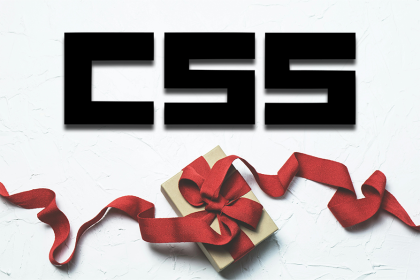
CSS text-wrap: balance vs. text-wrap: prettyCompare and contrast two CSS components, text-wrap: balance and text-wrap: pretty, and discuss their benefits for better UX.
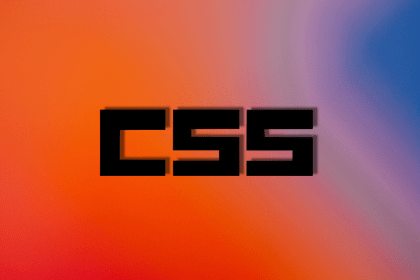
line-clamp to trim lines of textMaster the CSS line-clamp property. Learn how to truncate text lines, ensure cross-browser compatibility, and avoid hidden UX pitfalls when designing modern web layouts.

:has(), with examplesThe CSS :has() pseudo-class is a powerful new feature that lets you style parents, siblings, and more – writing cleaner, more dynamic CSS with less JavaScript.
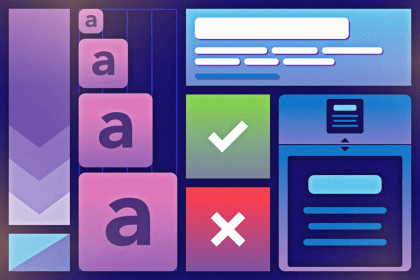
CSS @function brings reusable logic to native CSS. Learn how to replace Sass and JavaScript utilities with native functions for typography, color, and fluid design.
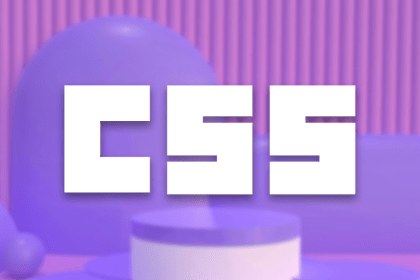
A breakdown of the wrapper and container CSS classes, how they’re used in real-world code, and when it makes sense to use one over the other.
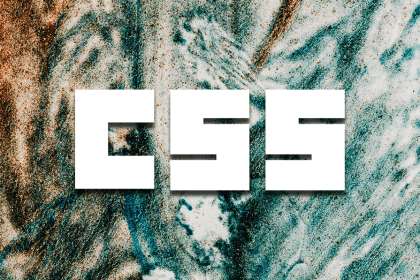
Learn how to truncate text with three dots in CSS, and use two reliable CSS text truncation techniques while covering single-line and multi-line truncations.
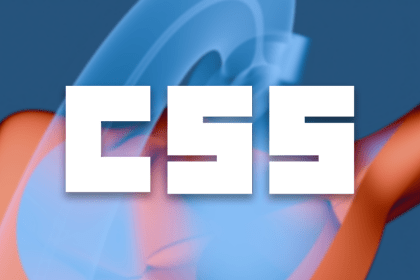
Navigation menu errors are common, even for seasoned developers. Learn seven common navigation menu errors and how to solve them using CSS.
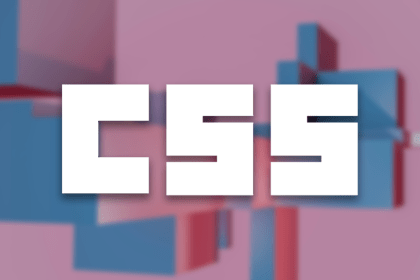
This article walks through new CSS features like ::scroll-button() and ::scroll-marker() that make it possible to build fully functional CSS-only carousels.
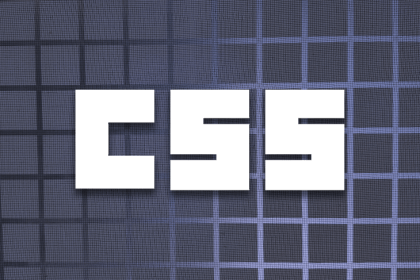
Flexbox and Grid are the heart of modern CSS layouts. Learn when to use each and how they help build flexible, responsive web designs — no more hacks or guesswork.

Responsive design is evolving. This guide covers media queries, container queries, and fluid design techniques to help your layouts adapt naturally to any screen size.

cursor propertyA single line of CSS can change how users feel about your UI. Learn how to leverage the cursor property to signal intent, improve interaction flow, and elevate accessibility.